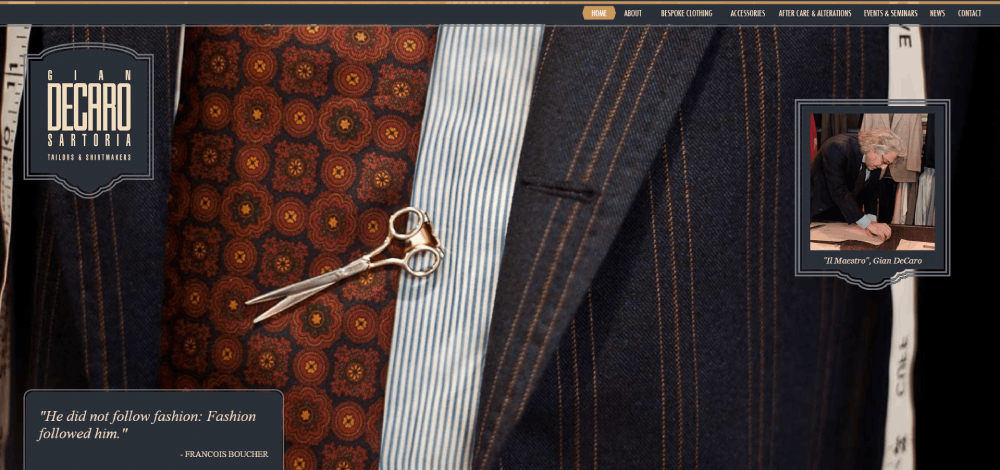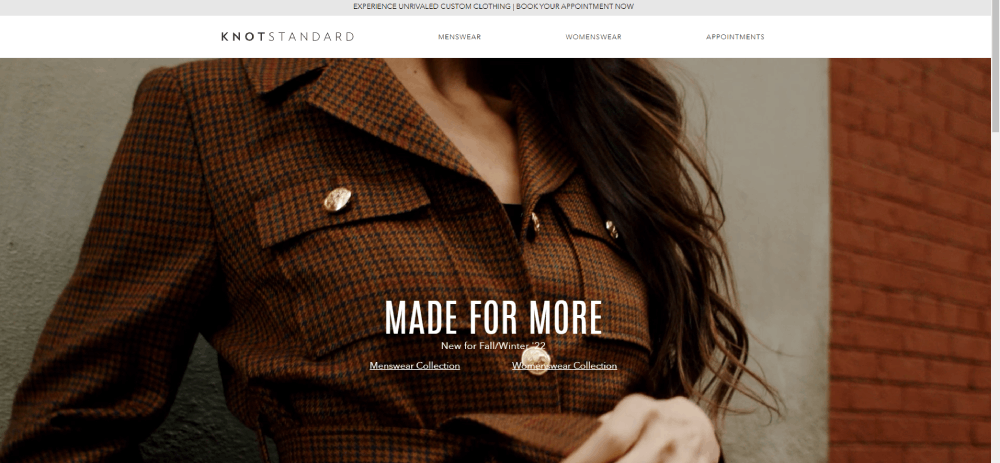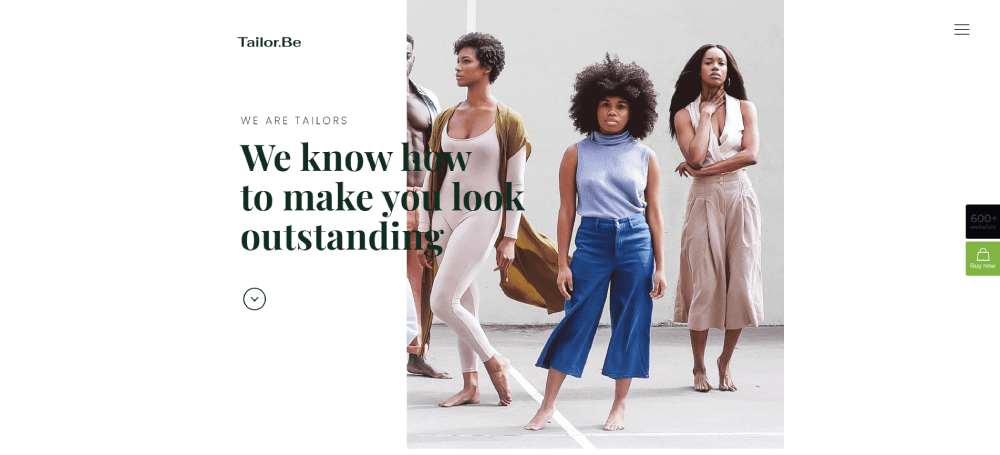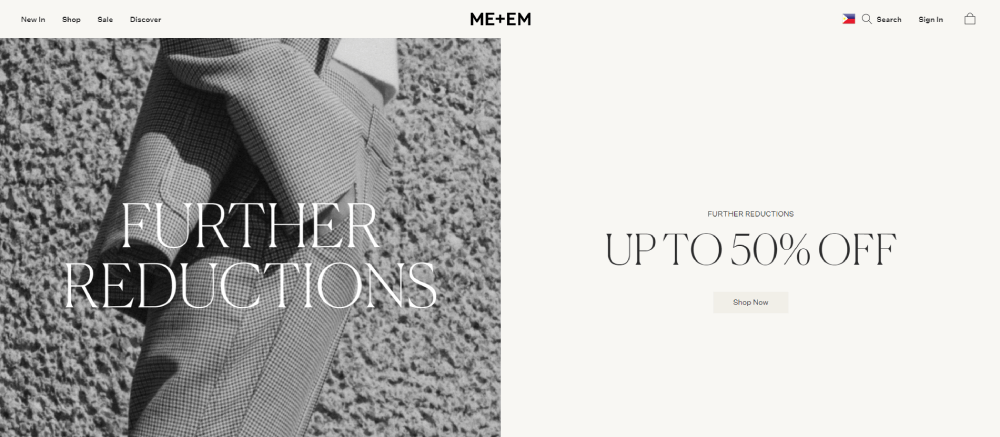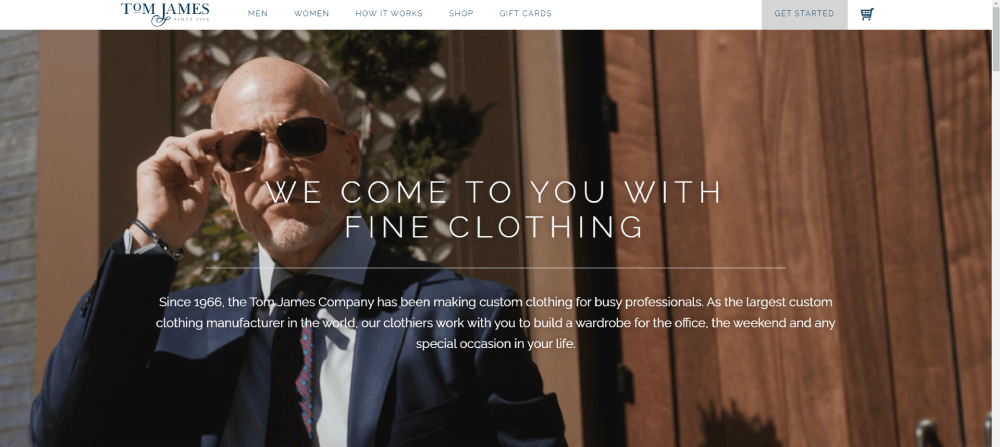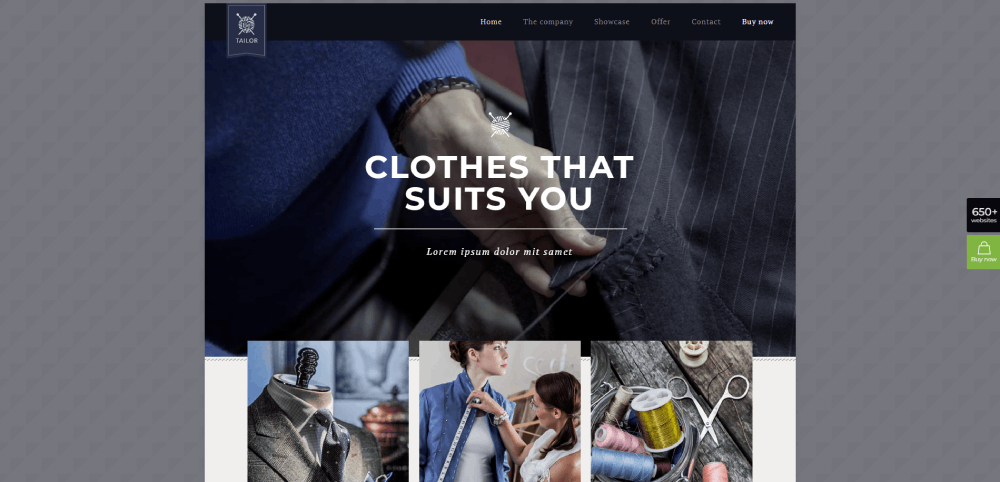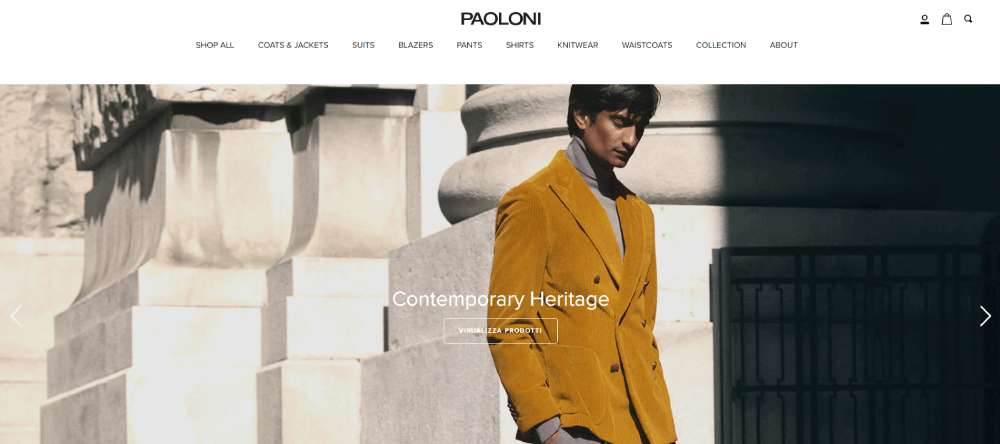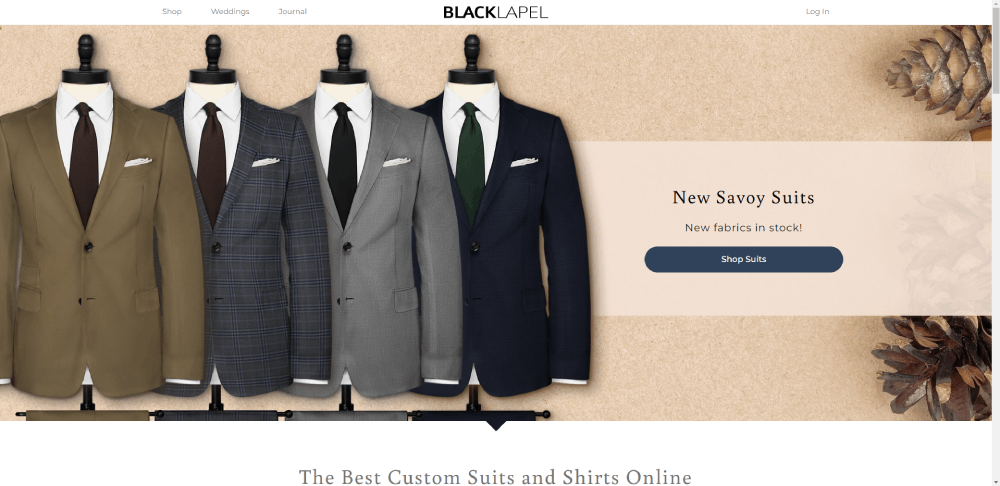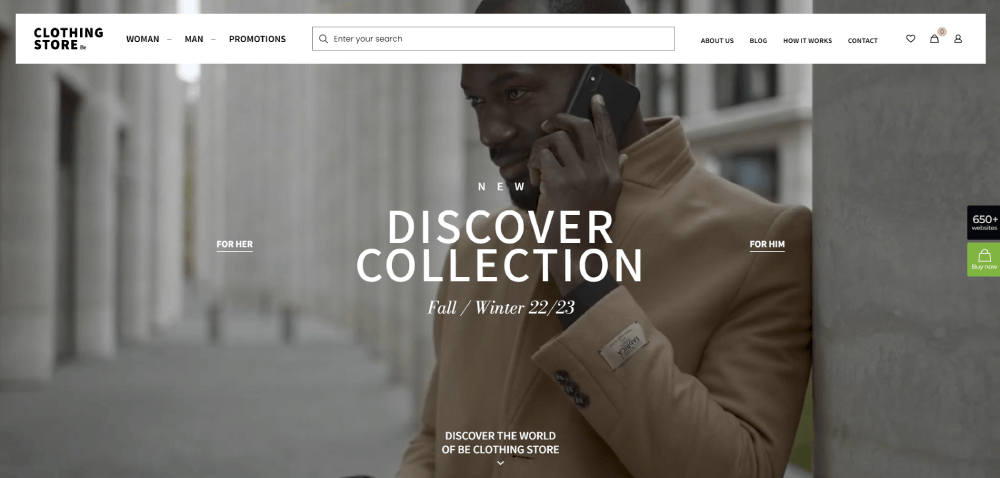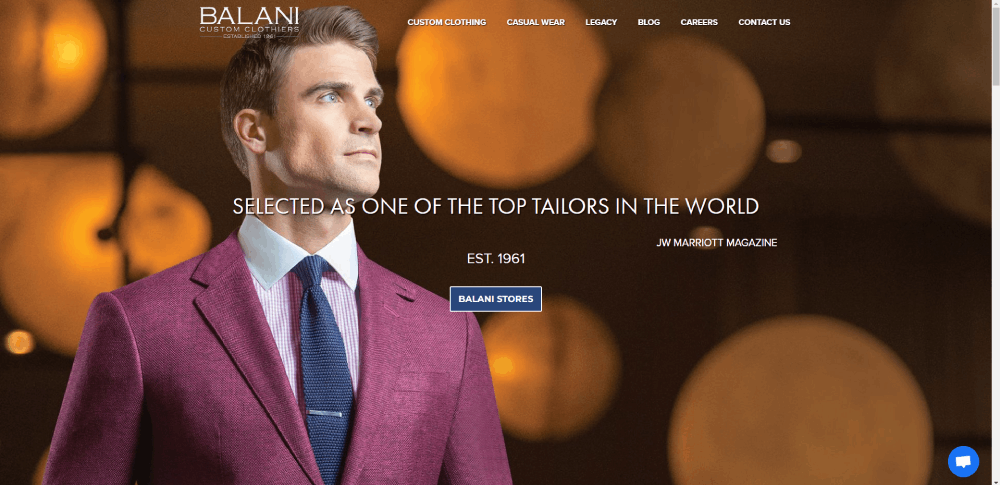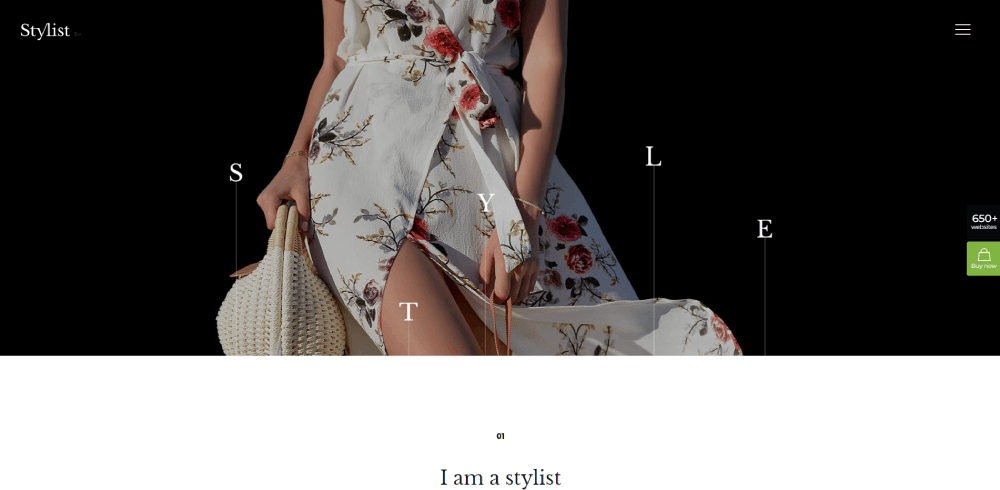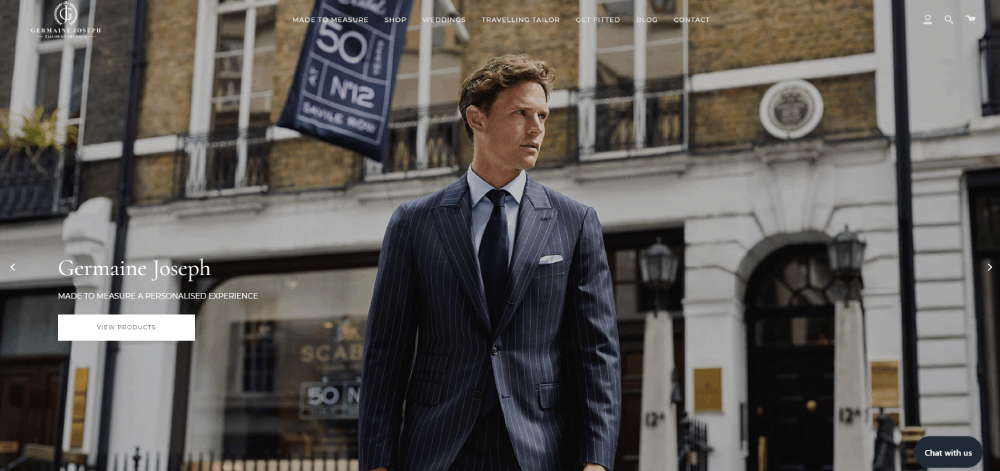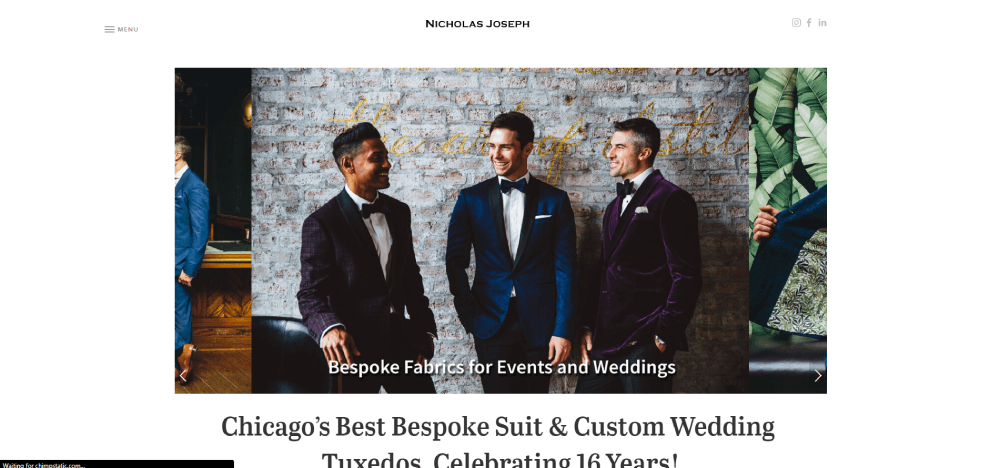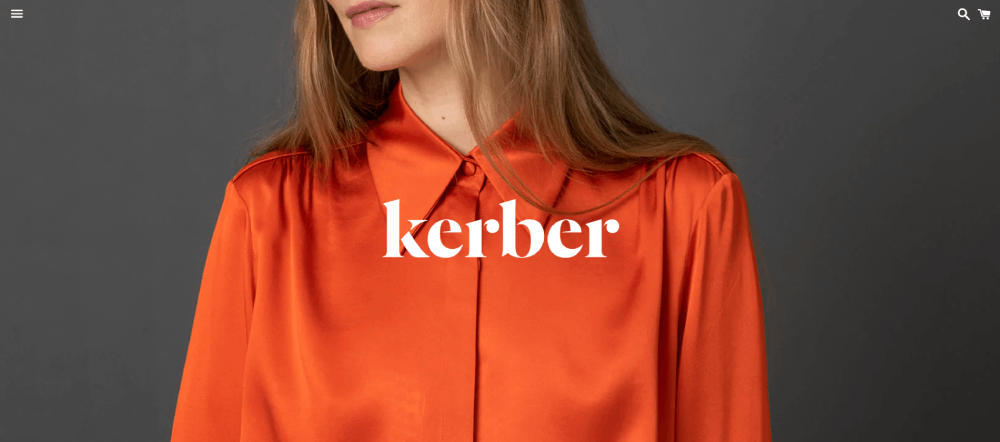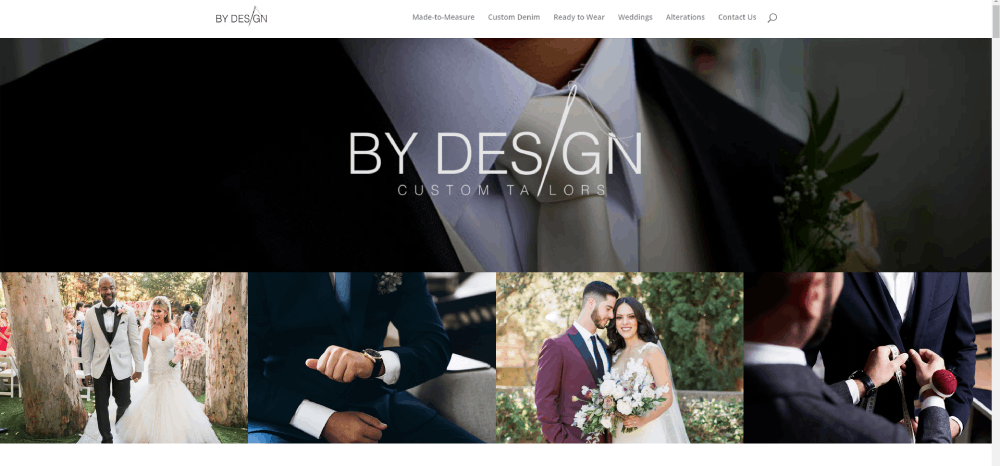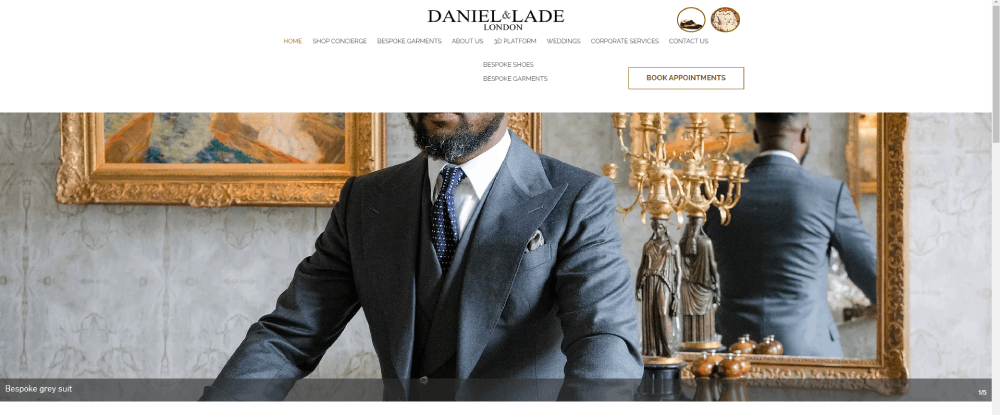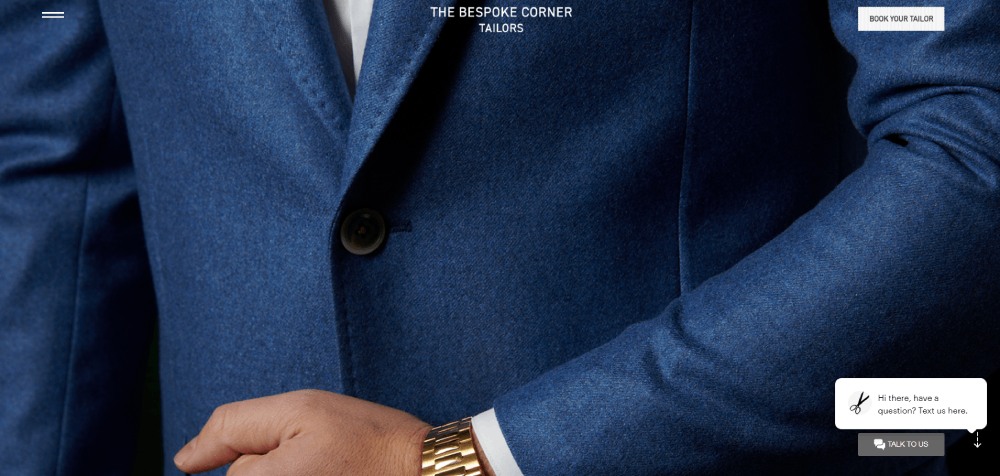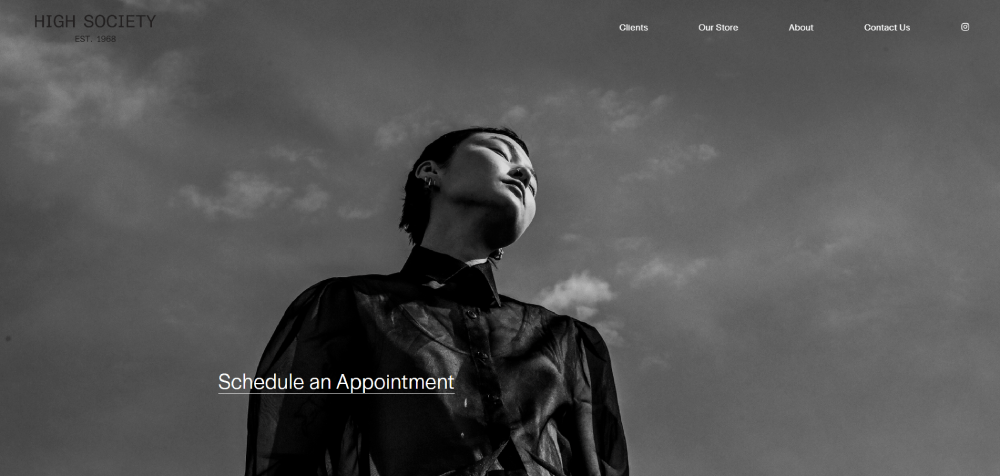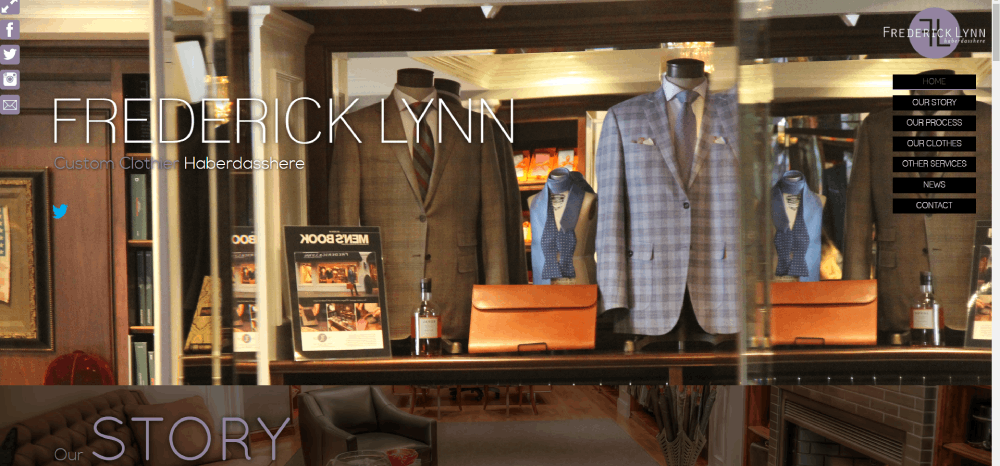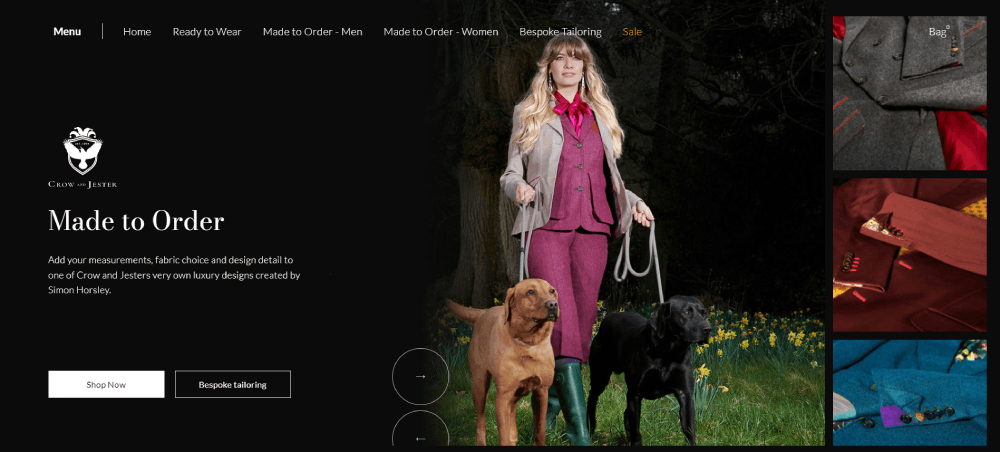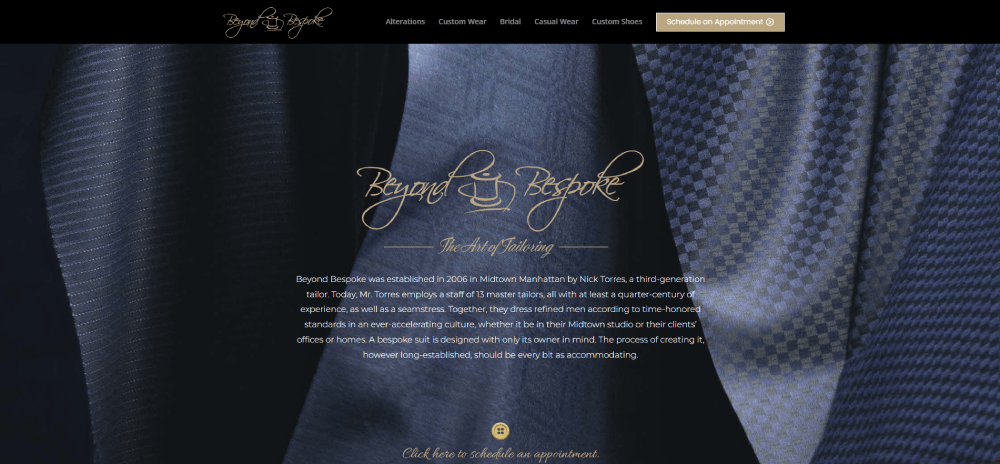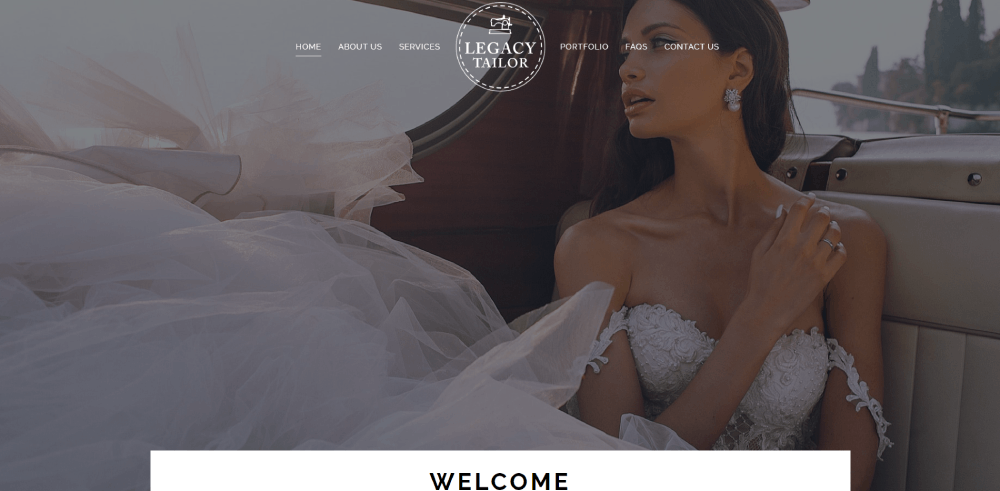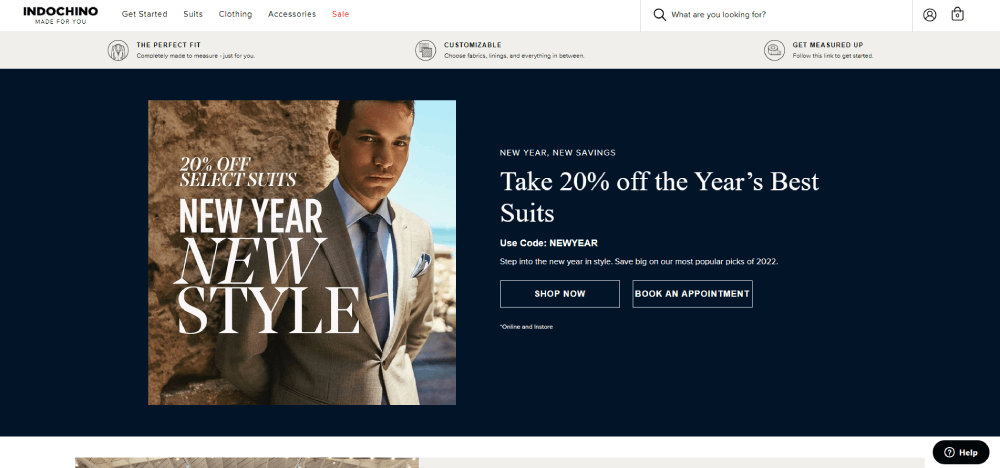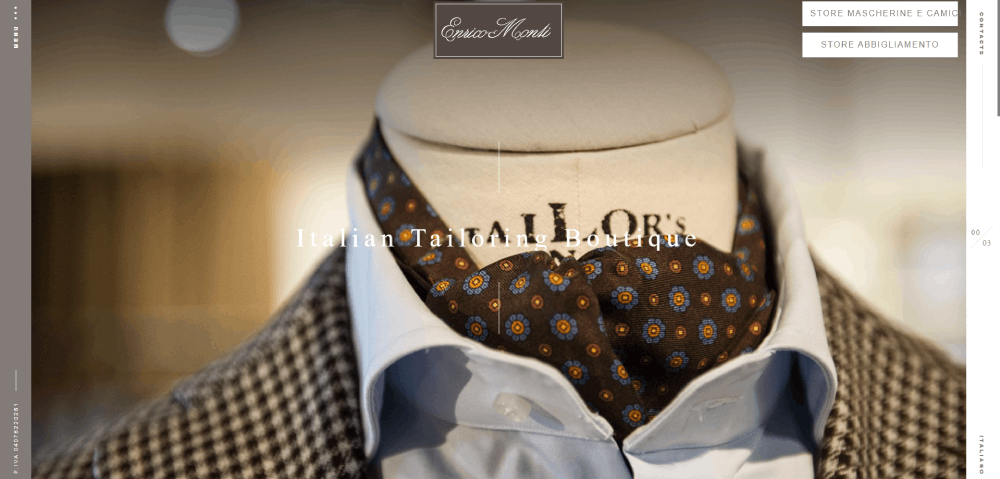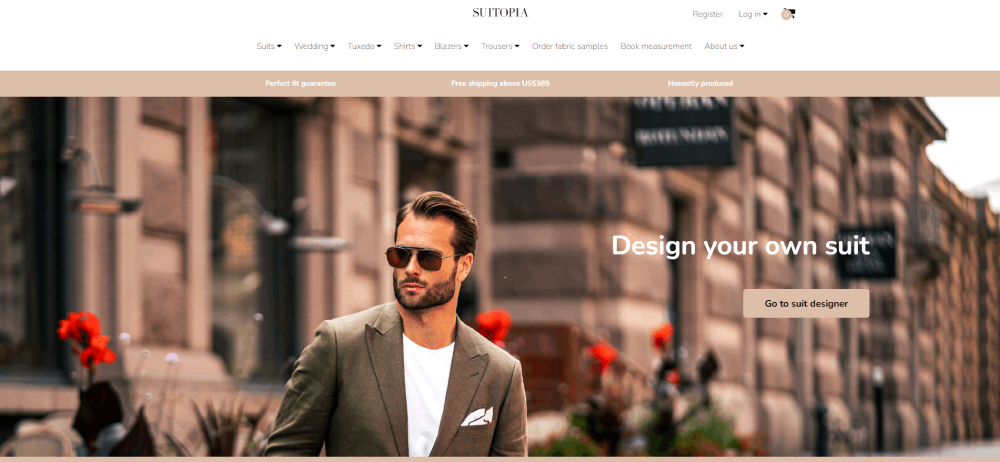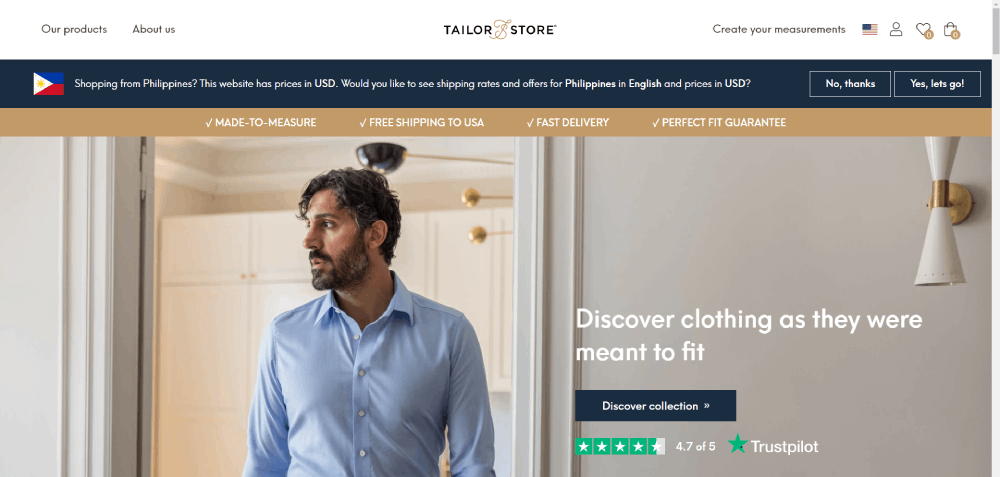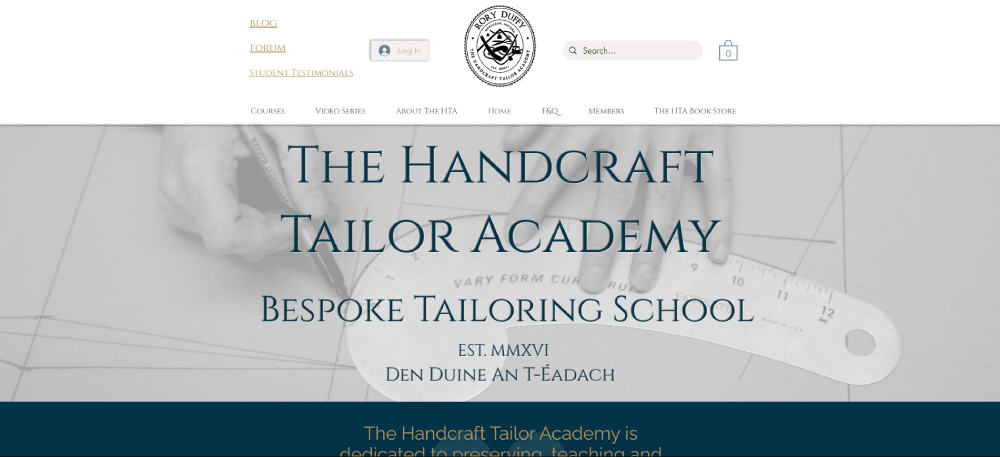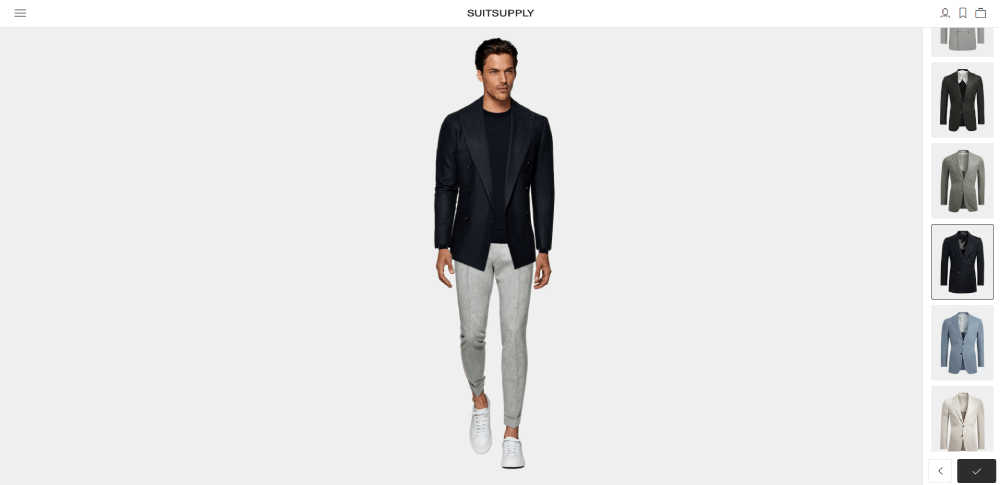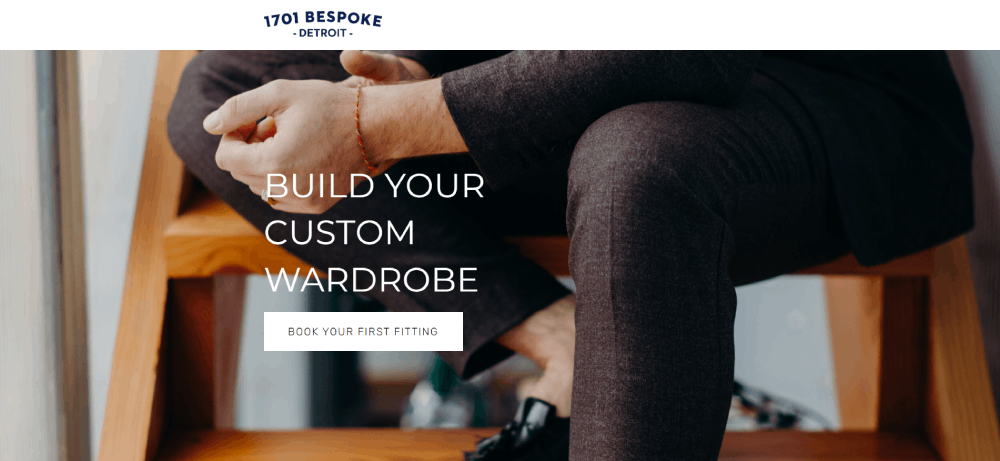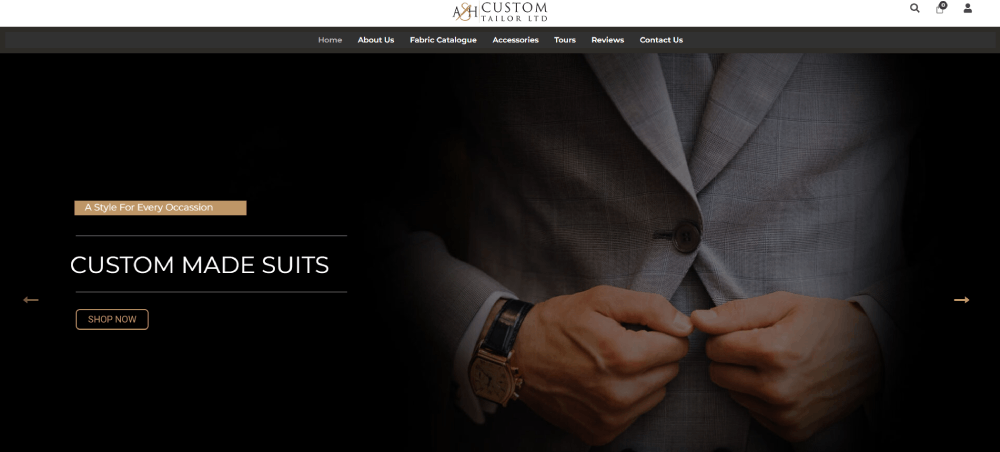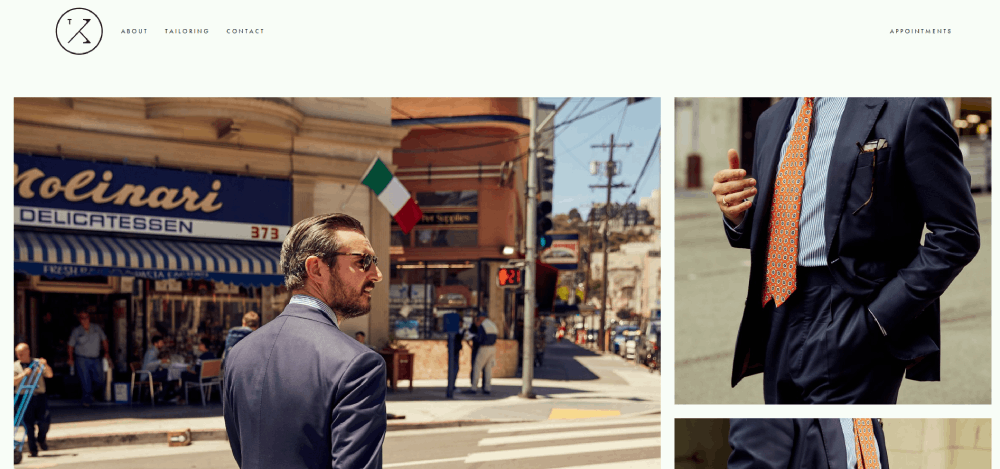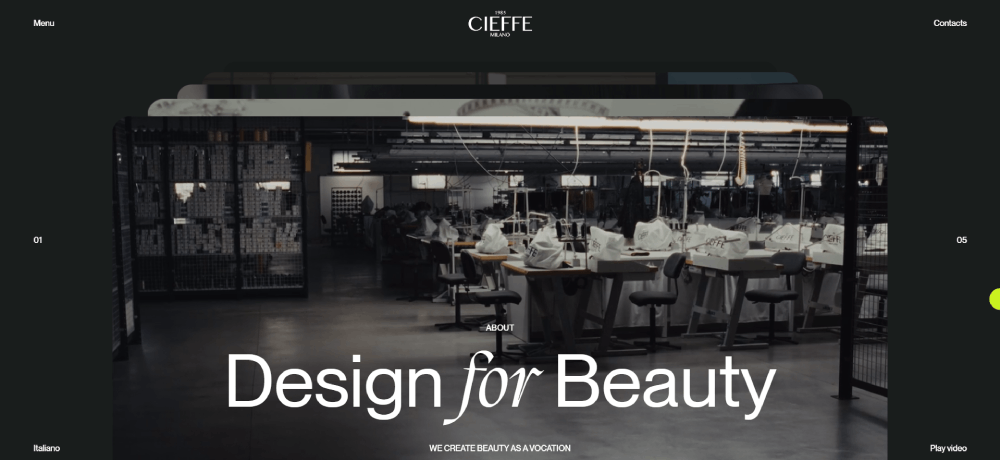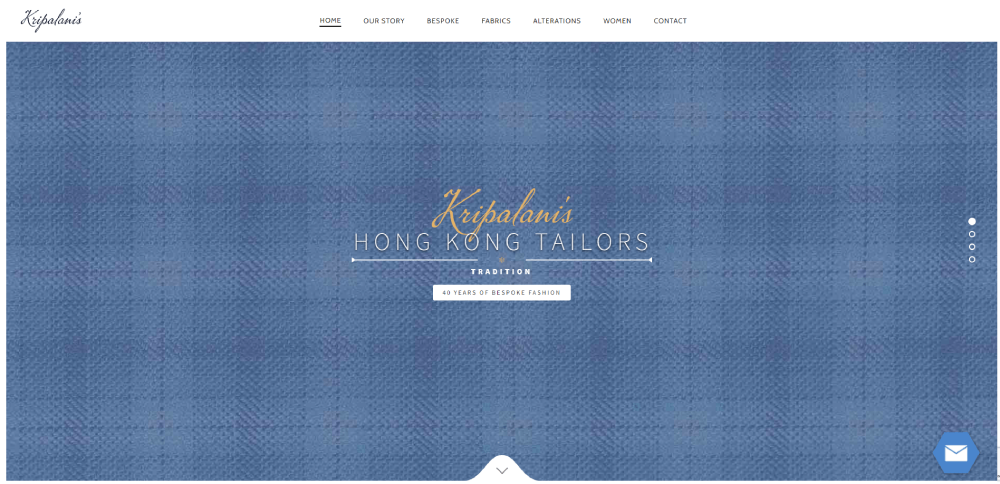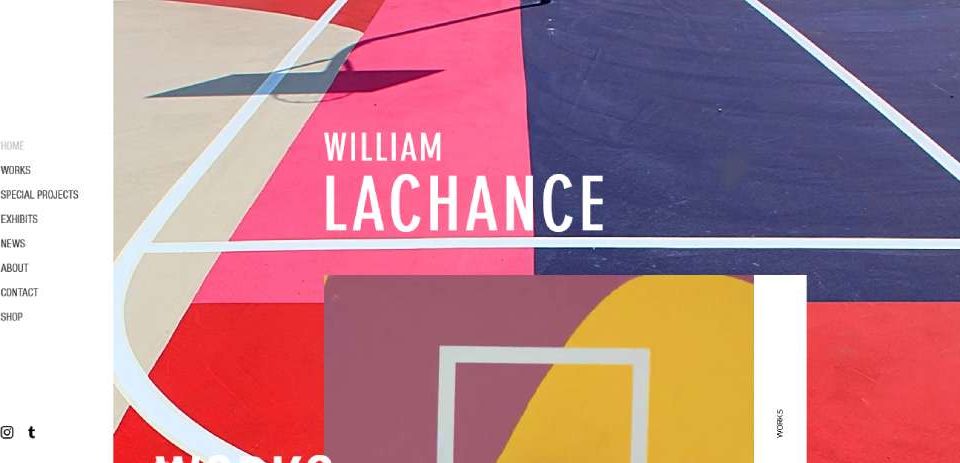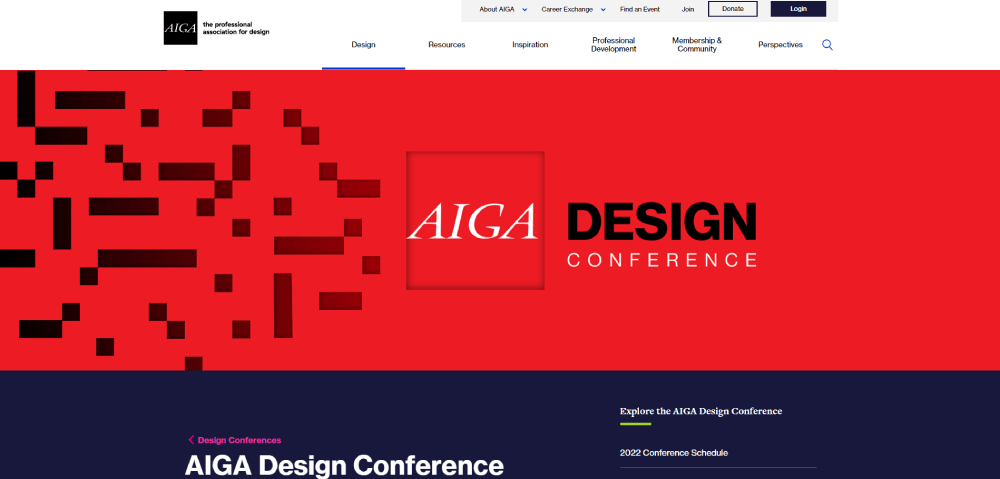
Conference Website Design Examples That Impress
September 6, 2025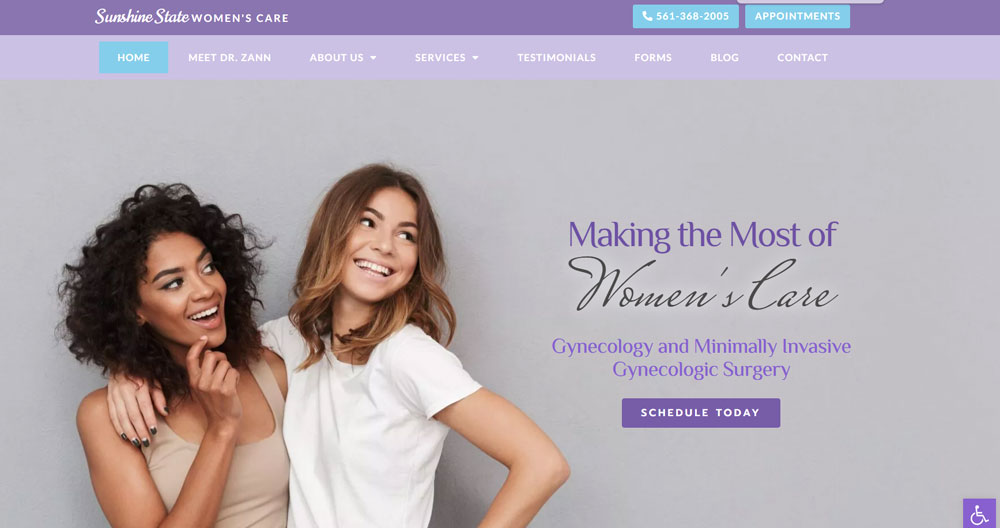
Modern Healthcare Website Design Examples to Inspire You
September 11, 2025Your website needs to fit like a bespoke suit.
Tailoring businesses live or die by first impressions, and your online presence is no different. A custom tailor portfolio site should showcase craftsmanship, attention to detail, and that personal touch clients expect when they walk through your door.
Most tailor website design examples share common traits: clean layouts, prominent galleries of finished work, and simple booking systems. But the best ones? They feel like an extension of the shop itself.
This guide breaks down sites from alterations shops, menswear specialists, and couture designers. You'll see what works (and what doesn't) in mobile responsive layouts, appointment scheduling tools, and portfolio presentation.
Whether you're running a small alterations business or a high-end bespoke clothing operation, these examples will show you exactly how to translate your craftsmanship into pixels.
Tailor Website Design Examples
Gian Decaro
FAQ on Tailor Website Design
What features should a tailor website include?
Every tailoring business site needs an appointment booking system, service menu with pricing, and before-after gallery. Contact forms matter more than you'd think.
Add measurement guides for remote consultations and fabric selection tools if you offer made-to-measure services. Client testimonials build trust fast.
How much does a custom tailor website cost?
WordPress templates run $50-200 plus hosting. Custom designs start around $2,000 and go up from there.
Squarespace or Wix subscriptions cost $15-40 monthly with decent templates included. Budget extra for professional photography because your gallery makes or breaks conversions.
Should I use WordPress or Squarespace for my alterations shop?
WordPress gives you more control and better SEO potential long-term. The learning curve is steeper though.
Squarespace works great for smaller operations wanting something quick. Both platforms offer mobile responsive layouts and booking integrations through Calendly or similar tools.
What makes a good tailor portfolio gallery?
Show finished garments on real people, not mannequins. Include close-ups of stitching, buttonholes, and custom details.
Organize by category (suits, dresses, alterations) with clear labels. A Lightbox feature lets visitors zoom without leaving the page. Aim for 20-30 high-quality images minimum.
Do I need online payment integration?
Deposit systems reduce no-shows for consultations. Stripe and PayPal work fine for most tailoring businesses.
Skip full e-commerce unless you're selling ready-made items. Most bespoke work requires in-person fittings anyway, so payment processing can happen there instead.
How important is mobile optimization for tailor websites?
Over 60% of local searches happen on phones. Your site needs to load fast and look clean on small screens.
Test your appointment scheduler and contact forms on mobile specifically. Buttons should be thumb-friendly, and phone numbers should click-to-call automatically.
What color schemes work best for tailoring websites?
Navy, charcoal, and cream signal professionalism without looking boring. Add one accent color for call to action buttons and important links.
Avoid busy patterns in backgrounds. Let your garment photography be the visual star. Clean layouts with plenty of white space feel more premium than cluttered designs.
Should my tailor website include pricing?
Starting prices or price ranges help qualify leads. You don't need to list every alteration though.
Create categories like "Basic Alterations," "Custom Suits," and "Bridal" with general ranges. Add "Contact for Quote" on complex work. Transparency builds trust faster than mystery pricing.
How do I showcase my tailoring expertise online?
Write short descriptions of your training, years in business, and specialties. Skip the autobiography.
Show process photos (measuring, cutting, fitting) alongside finished work. Video clips of you explaining fabric choices or demonstrating techniques work incredibly well for building credibility and demonstrating first-hand experience.
What's the best way to handle appointment booking?
Acuity Scheduling or Calendly integrate easily with most platforms. Let clients choose service type, date, and time without phone tag.
Send automatic reminders 24 hours before appointments. Block buffer time between fittings so you're not rushing. Connect your Google Business Profile to capture local searches and make booking even simpler.
Conclusion
The tailor website design examples in this collection prove one thing: simplicity wins. Your site doesn't need fancy animations or complex navigation to convert visitors into clients.
Focus on what matters. A clean gallery showcasing your best work, an easy appointment booking system, and clear service descriptions will outperform flashy designs every time.
Most successful alterations shop websites share common elements. They load fast on mobile devices, include real customer testimonials, and make contact information easy to find without scrolling.
Start with a solid template from Squarespace or WordPress if budget is tight. Invest in professional photography of your finished garments because grainy phone pics kill credibility instantly.
Your business website should reflect the same attention to detail you bring to every hem and seam. Keep updating your portfolio with recent projects, respond quickly to inquiries, and watch how a well-designed online presence brings consistent work through your door.
If you enjoyed reading this article about tailor Websites, you should read these as well:

